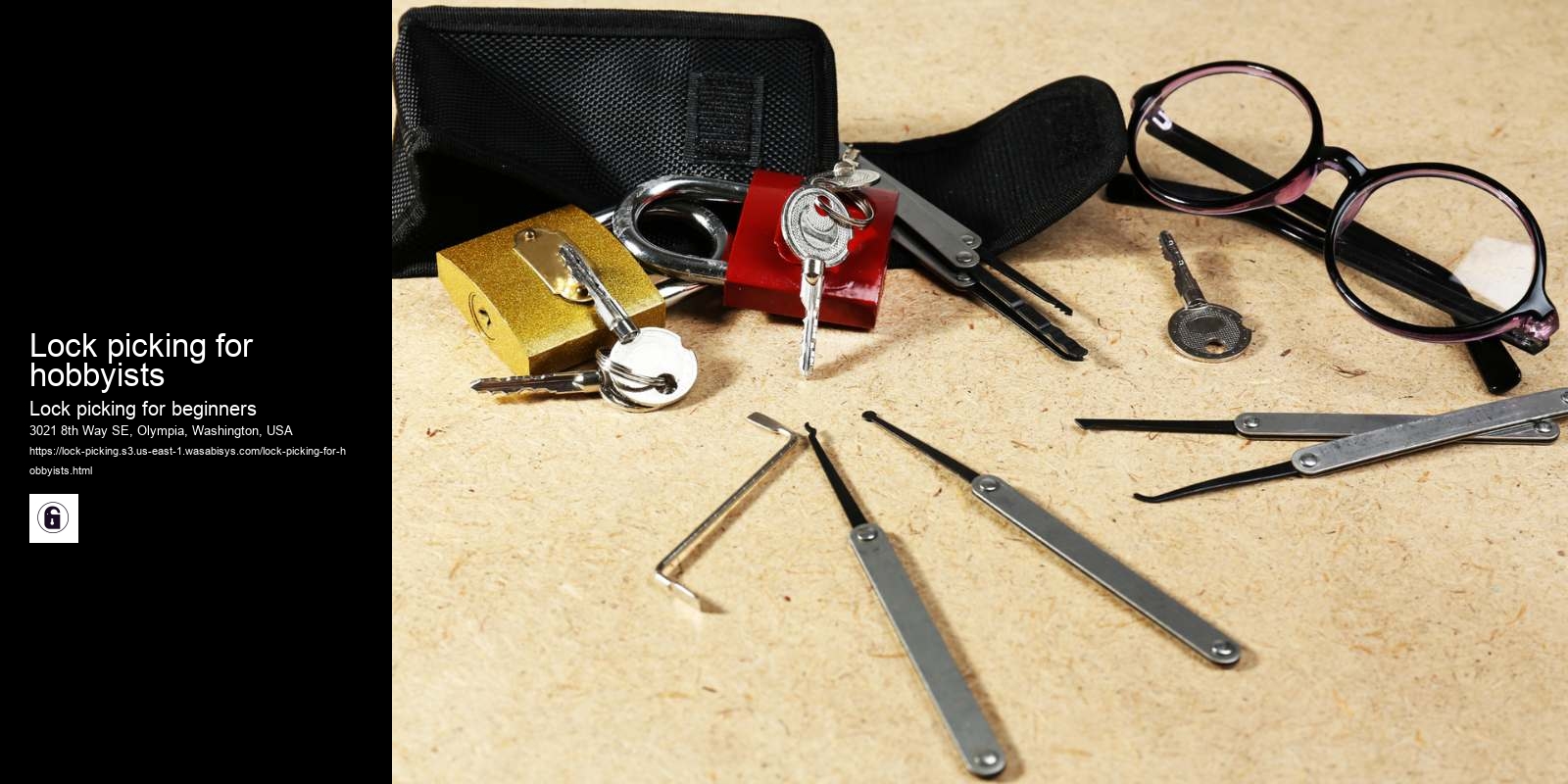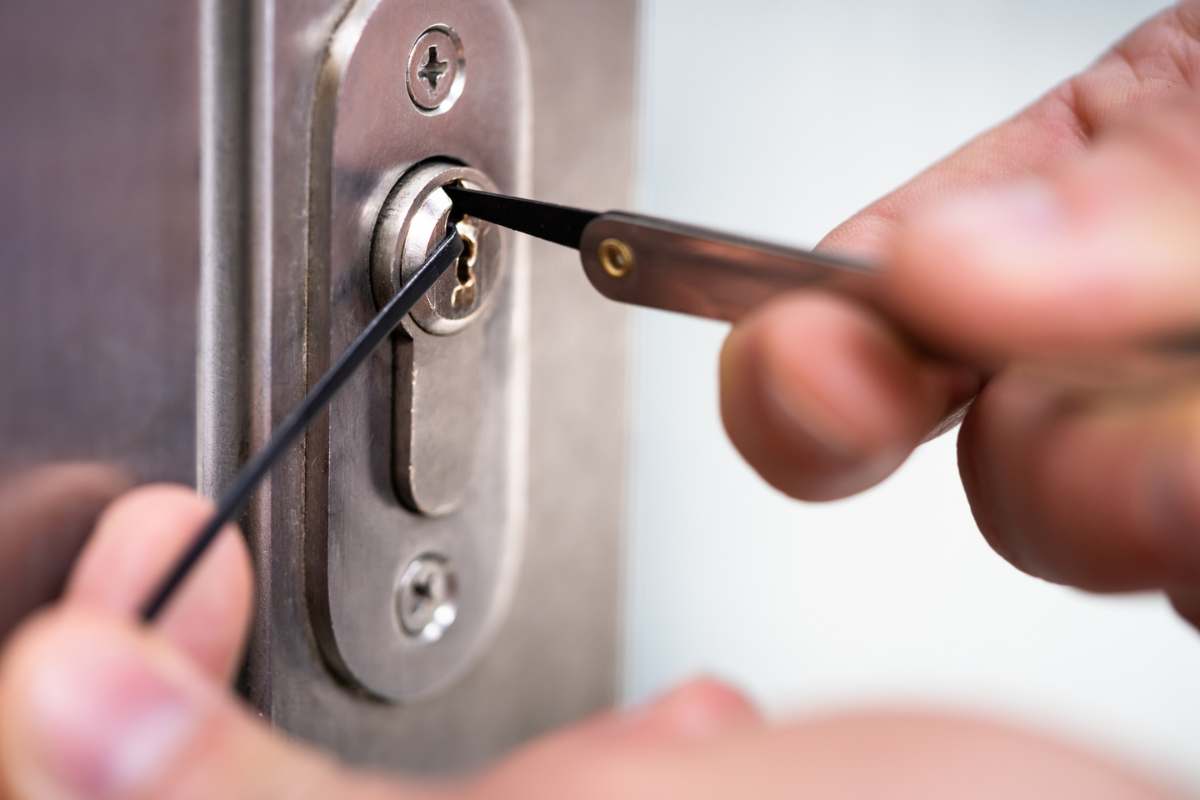How do lockpicking tools work?
Join a community: Lockpicking communities and forums can be a great source of information and support for beginners. Look for local groups or online communities where you can connect with other enthusiasts, ask questions, and share your experiences.
Always practice ethical and legal lockpicking: Remember that lockpicking should only be used for lawful purposes and with the permission of the owner of the property being unlocked. Always prioritize safety and legality, and never use lockpicking tools or techniques for illegal or unethical purposes.
By following these tips and approaching lockpicking with a responsible and ethical mindset, beginners can develop their skills and build a foundation for further learning and exploration in the fascinating world of lockpicking.
A lockpicking gun, also known as a lock pick gun or snap gun, is a tool used for quickly opening pin tumbler locks. The gun typically consists of a handle, a trigger, and a needle-like pick that vibrates rapidly when the trigger is pulled.


